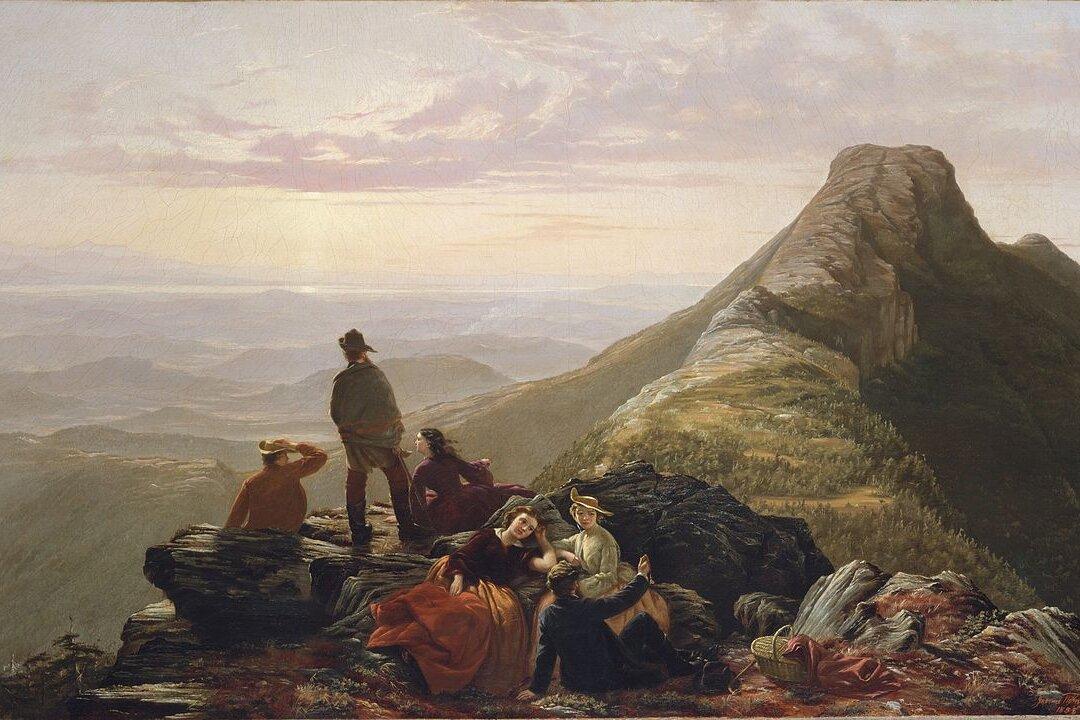Florence is a city of secrets. As you walk through the ancient streets, large wooden doors open, revealing monastic courtyards, previously unknown workshops, and fresco-filled entranceways. There’s always something new to discover.
On a sunny spring afternoon, therefore, I shouldn’t have been surprised to stumble across a hidden courtyard filled with tropical plants and sprawling vines set against sun-baked ocher walls, leading me to the oldest silk factory in Europe.

